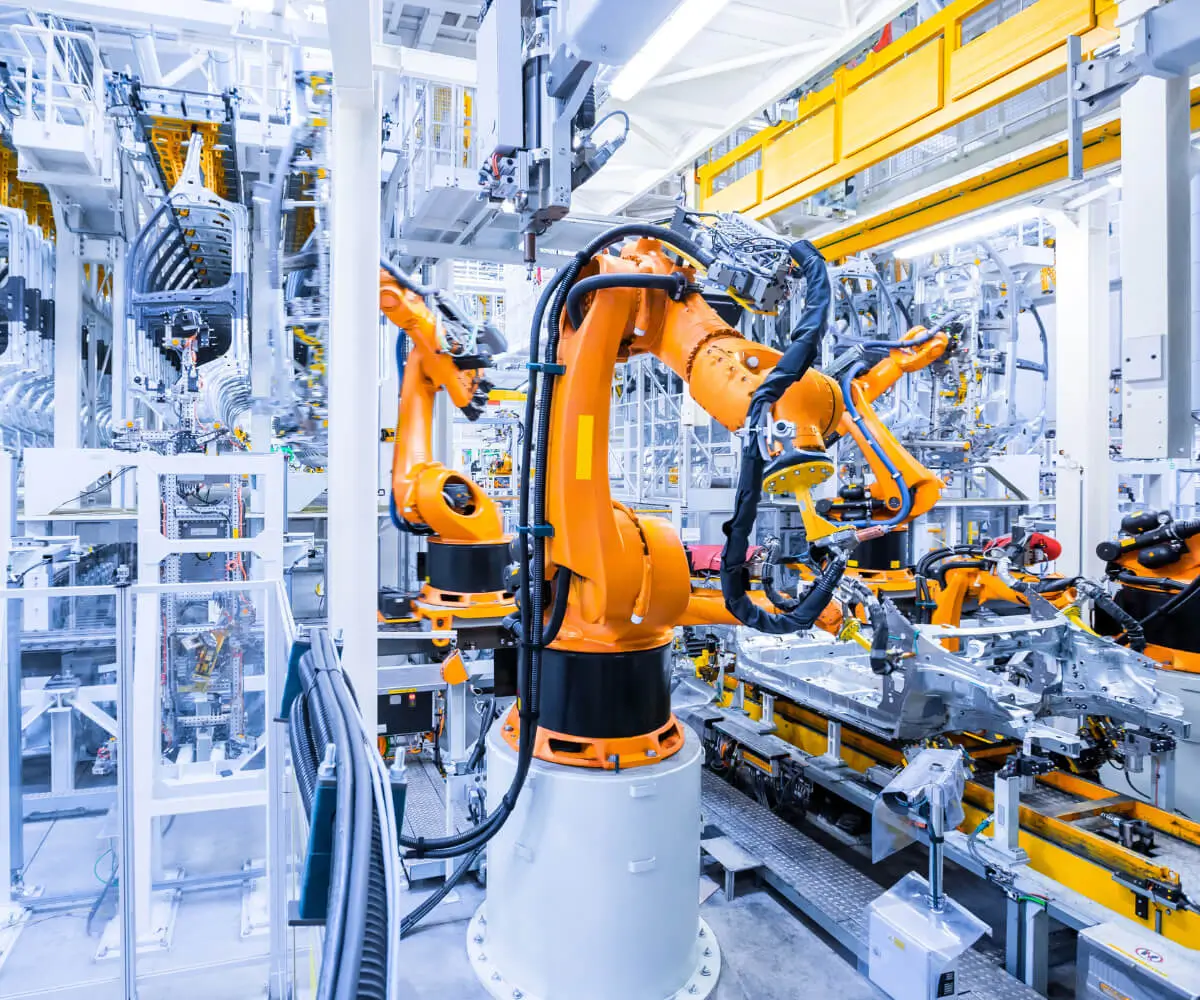If you’ve ever dabbled in robotics or automation, you’ve probably heard about servo motors. They’re everywhere! From robotic arms to drone stabilizers, they’re the unsung heroes driving precision movements. And when you think about connecting them to an Arduino, well, the possibilities open up even further. Let’s dive into how easy it can be to get a servo motor working with your Arduino, and why it’s worth considering for your next project.

So, What’s the Deal with Servo Motors and Arduino?
A servo motor is like the finely-tuned muscle in your project. Unlike regular DC motors that spin continuously, servos offer controlled movement. You can set them to rotate to a specific angle, making them ideal for tasks where precision matters—like controlling the position of a robotic arm or adjusting a camera angle.
Arduino, on the other hand, is a brilliant little microcontroller that can be programmed to interact with all sorts of devices, including your servo motor. When you pair these two together, it’s like giving your servo a brain, allowing you to command it to turn or move in exact increments.
Getting Started with Your Servo and Arduino
First, let’s talk about how simple it is to get this connection up and running. All you need is a few basic components: the servo motor, an Arduino board (like the Uno), some jumper wires, and a breadboard if you prefer.
Start by connecting the servo’s three wires: power, ground, and signal. The power (usually the red wire) connects to the 5V pin on your Arduino. The ground (typically black or brown) goes to the GND pin. Finally, the signal wire (often yellow or orange) connects to one of the digital pins on your Arduino—let’s say pin 9 for simplicity.
Once everything’s wired up, you can power your Arduino either via USB or an external power supply. Now, it’s time to write a simple program, or sketch, to control the servo.
The Code to Make It Happen
Here's a basic code snippet to get the servo moving:
#include <Servo.h>
Servo myservo;
void setup() {
myservo.attach(9); // Attaches the servo to pin 9
}
void loop() {
myservo.write(0); // Rotate servo to 0 degrees
delay(1000); // Wait for 1 second
myservo.write(90); // Rotate servo to 90 degrees
delay(1000); // Wait for 1 second
myservo.write(180); // Rotate servo to 180 degrees
delay(1000); // Wait for 1 second
}
This simple code will move your servo from 0° to 90° to 180° and back. You can experiment with different angles or even add more complex movements by changing the delay times or adding more logic.
Troubleshooting: Common Pitfalls to Watch Out For
Although it’s pretty straightforward, there are a few things that can trip you up. For instance, if the servo doesn’t move or behaves erratically, check your wiring. Ensure that the signal pin is correctly attached to the right pin on the Arduino and that the power is coming from the 5V pin.
Another thing to consider is power. Some servos require more current than the Arduino can supply through the USB port, especially if you're running more than one. If you notice your servo twitching or stalling, it might be worth using an external power source.
Why It’s Worth It
So, why bother connecting a servo to your Arduino? The answer is simple: it opens up endless creative possibilities. Whether you’re building a robot, making a mechanical arm, or just experimenting, using servo motors with Arduino is a great way to get hands-on with automation.
Moreover, KPOWER provides reliable and high-quality servo motors, perfect for both beginners and advanced hobbyists. Their range of servos is designed to work seamlessly with Arduino boards, so you can trust that you’re getting a product that’s both durable and efficient.
Servo motors and Arduino are like peanut butter and jelly—they just go together. Whether you’re a hobbyist or someone looking to take your project to the next level, getting this combo right is a game changer. The flexibility and precision you get with servos give you that extra edge in making your projects stand out. So, why not give it a try?
Established in 2005, Kpower has been dedicated to a professional compact motion unit manufacturer, headquartered in Dongguan, Guangdong Province, China. Leveraging innovations in modular drive technology, Kpower integrates high-performance motors, precision reducers, and multi-protocol control systems to provide efficient and customized smart drive system solutions. Kpower has delivered professional drive system solutions to over 500 enterprise clients globally with products covering various fields such as Smart Home Systems, Automatic Electronics, Robotics, Precision Agriculture, Drones, and Industrial Automation.




































